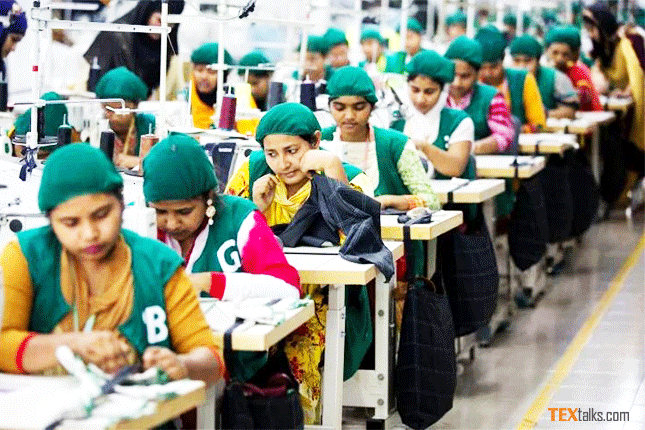Although both the recycling of fabric and the use of locally recycled fabrics is still low in Bangladesh, the ratio is rising gradually. Its garment industry is trying to achieve the European Union’s goal of responsible consumption and production by reducing carbon emissions through using recycled cotton.
Bangladesh needs to meet the target as a prerequisite for keeping buyers as well as the market. Industry players think that the target is achievable. Bangladesh has to go with the recent global trend of switching to sustainable production challenges, particularly water and energy. The government of Bangladesh, development partners, donor organisations and the business sector all take various actions in this direction. The ambitions have been made possible largely thanks to the prompt response of business insiders in Bangladesh.
For instance the six of the top 10 greenest factories in the world as of 2020 are in Bangladesh, which also has 500 buildings pursuing US Green Building Council certification and 125 LEED-certified factories. In Bangladesh, around 4.2 million people work in the garment industry, and about 5 million work in the textile industry, which is considered a backward-linking industry. The Bangladesh Garments Manufacturers and Exporters Association signed an agreement with the country’s largest readymade garment buyer H&M to reduce carbon emissions 30 percent by 2030 using recycled materials.
Even from a commercial point of view profitability greatly depends on how little material is lost because the cost of the materials accounts for the cost of producing clothes. However, there is currently a lack of information and knowledge regarding the materials waste produced across Bangladesh’s textile and apparel industry production chain. According to a Centre for Policy Dialogue in Bangladesh, even if the 4,500 active garment units in the nation increase their efficiency and ensure the best possible use of textiles, the volume of waste will inevitably be reduced during the production cycle, including the creation of garments items, sewing and dyeing them.
Numerous millers in Bangladesh seized the chance available in Bangladesh to recycle the leftover pre-consumer cotton produced by various ready-made garment enterprises. The country has a fully operational in the recycled yarn sector that assures the upcycling of fabric mill waste cut clips. Still both the recycling of fabric and the use of locally recycled fabrics is still low, but ratio is rising gradually, which shows the trend toward meeting the European Union target. However, it requires much collaboration among stakeholders, including consumers, as the price of the recycled products is comparatively a bit higher than the regular ones.
Only a quarter of the 5.8 million tonnes of textiles that European Union consumers trash each year is recycled, while the remaining 4.3 million tonnes are dumped into the environment and cause pollution, according to Friends of the Earth Europe. Bangladesh is the world’s second-largest exporter of ready-to-wear clothing, with a significant capacity for manufacturing, high quality and expansion. More than 83 percent of Bangladesh’s overall exports, constitute this sector.



